These stories happen thanks to the support of our members. Join now and help us celebrate five years of neighborhood news.
In the 1960s, Olivia Irvine Dodge saved truck farms from encroaching development and transformed the land into a natural oasis just four miles from downtown St. Paul. The Dodge Nature Center in West St. Paul is just part of Dodge’s incredible legacy.
“There were so few places in West St. Paul where the land is still free,” Dodge told the West St. Paul Booster in 1967. “And if we lose the land, we lose something spiritual. We’re all a part of the land and without it, we are incomplete.”
That preservation of land has grown to more than 460 acres on four sites in West St. Paul, Mendota Heights, and Cottage Grove.
“If she didn’t do what she did here this would all be houses or condos,” said Jim Malkowski, then director of the Dodge Nature Center in a 1980 South West Review article. “None of this would have been done except for tremendous foresight by Mrs. Dodge,” he told the Pioneer Press in 1977.
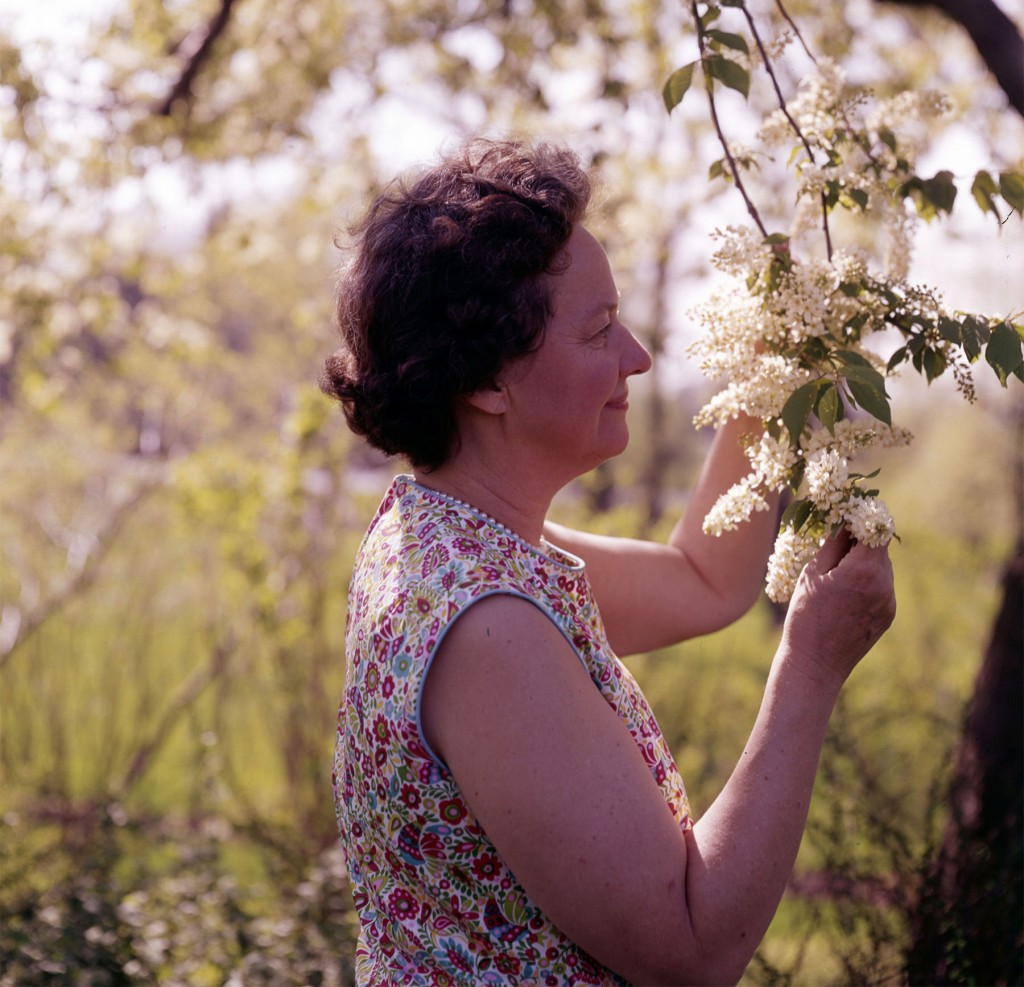
The Foresight of Olivia Irvine Dodge
Moving to West St. Paul: After living in New York for several years with her husband Arthur, the Dodges moved to West St. Paul in 1964. They bought the Dixie Slope mansion on Delaware Avenue, built in 1909 by Charles Stickney and sold in 1914 to Horace Klein. The 37-acre property included an apple orchard Klein planted. The University of Minnesota experimented at the orchard, producing 22 varieties of apple.
Preserving land: “I began buying the land in 1966 when I heard 15 acres along Wentworth were for sale. I decided I’d buy it and see how it could best be used, and I’ve never regretted it,” Olivia Dodge said in a 1973 West St. Paul Sun story.
- The seed: In New York, the Dodges saw “badly planned” development gobbling up the countryside, and they recognized the same thing happening in Minnesota.
- The need: “Do you realize that each day, 1,700 acres of land are destroyed in the United States for development?” Olivia Dodge asked the Pioneer Press in 1977. “We need a park in the center of every city instead of always concrete, concrete, concrete.”
- The impact: “Do you realize that over 70% of the nation’s children are growing up without any chance to recognize the land and their relation to it?” Dodge told the West St. Paul Sun. “Spiritually, all of us are losing something very valuable.”
After Dodge purchased property across Marie Avenue from the main property, she had a geologist survey the land. “He said that if the land were leveled by bulldozer, it would take 150 years to get it back in its present condition as far as plant and animal life goes,” Dodge said in a West St. Paul Sun article. “It’s different from the land on this side of Marie. It’s what all Dakota County looked like 100 years ago. We’ve got to save some for posterity. Too many people think, ‘What can I do?’ All of us can do something!”
We’re celebrating five years of neighborhood news. Join Now!
Education and Nature
Olivia Dodge didn’t buy farmland with a nature center in mind. She wanted to save the land from development and then figure out what to do with it.
Exploring ideas: She invited educators, naturalists, and business people to tour the land and brainstorm ideas, even carting a dozen people on a tractor ride through the property.
- Quickly an idea coalesced around preserving nature and inspiring children through education.
- “We can give our city children the opportunity to know and enjoy the world of nature and better understand their basic dependence on it,” Olivia Dodge said in a 1968 West St. Paul Booster article.
Learning partnerships: ISD 197 embraced the opportunity and immediately sent students to Dodge for field trips and projects. Dodge praised the district’s modern methods, calling the district “one of the finest in the country.”
- “We love to see the children come,” Arthur Dodge told the West St. Paul Booster. “Right now, we have some of the neighbor children skating on the pond.”
- Hands-on experiences were part of the attraction from the beginning, with the model farm and vegetable gardens in the early years: “That’s what the nature center is all about, having the children learn by doing,” said Olivia Dodge.
- That tradition expanded when a capital campaign in the late 1990s led to the opening of the Dodge Nature Preschool in 2000.
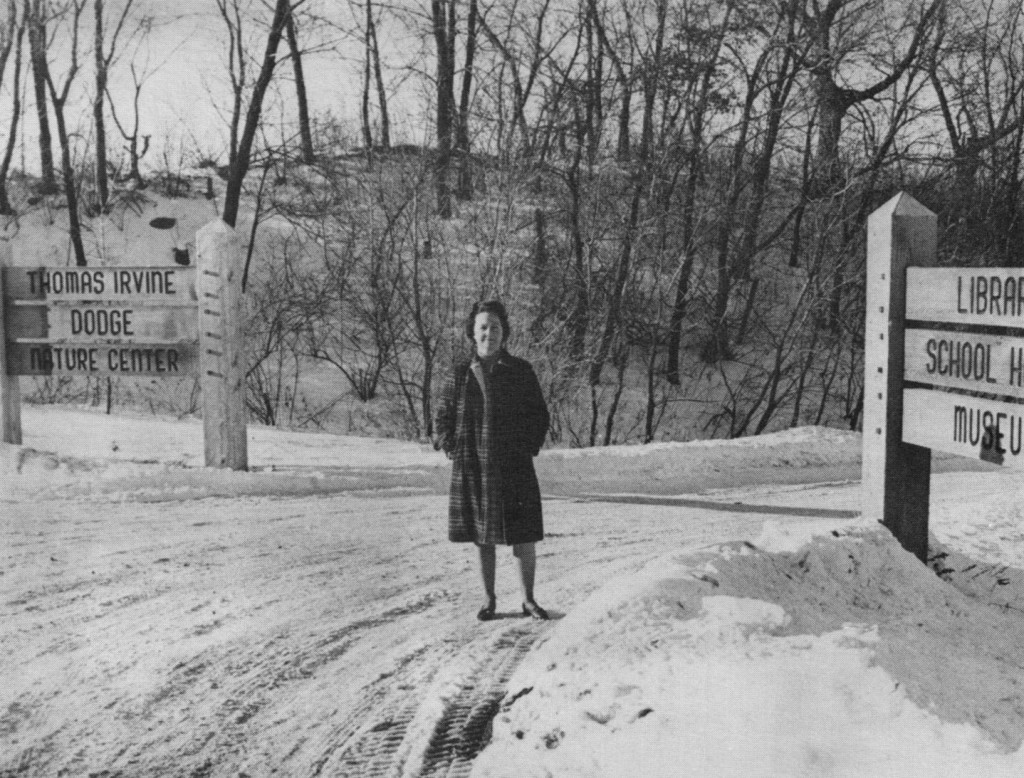
Beyond Dodge Nature Center
The philanthropy of Olivia Dodge didn’t start or end with the nature center.
- The people’s house: In 1965 Olivia and her sister donated the house they grew up in to the state to be used as the governor’s mansion. She and her sister were born in what’s now the governor’s bedroom.
- Swede Hollow: Dodge served as president of the Saint Paul Garden Club in the 1970s and led the clean up of Swede Hollow in St. Paul, transforming it from a dumping ground to a beautiful park.
- FDR memorabilia: In 1975, Dodge donated her collection of Franklin D. Roosevelt memorabilia, among the largest in the nation, to the University of Minnesota.
- More nature: Also in 1975, Dodge founded a second nature center, the Irvine Nature Center at St. Timothy School outside Baltimore.
- More giving: Dodge also supported Gillette Children’s Hospital, United Hospital, the Minnesota History Center, Henry Sibley High School, and the University of Minnesota Landscape Arboretum, among many other causes.
More than money: “Her support for what she believed in was so endless, and it wasn’t just a check,” said Dodge’s daughter-in-law, Kim Dodge in the Pioneer Press obituary. “To her, she gave them all time and was right in it and helped out.”
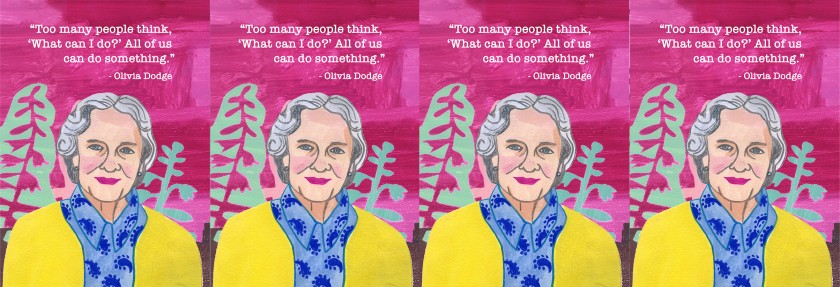
Spirited and Fun
Hobnobbing with politicians and black tie fundraisers didn’t dampen Dodge’s spirit.
- “She was very philanthropic and definitely had her fun side,” Former Dodge Executive Director Ben Van Gundy told the Sun Current 2009.
- “The word spunky was created for her,” said Hod Irvine, Dodge’s great-nephew, in a MinnPost obituary.
- Dodge loved to throw a party, especially for Halloween and New Year’s Eve. One Halloween she hired someone to ride into the party as the Headless Horseman. Footage from Dodge’s biography video shows her dancing with someone dressed as a beast. “She’d never tell us before hand what kind of scary thing she was going to do,” said Van Gundy.
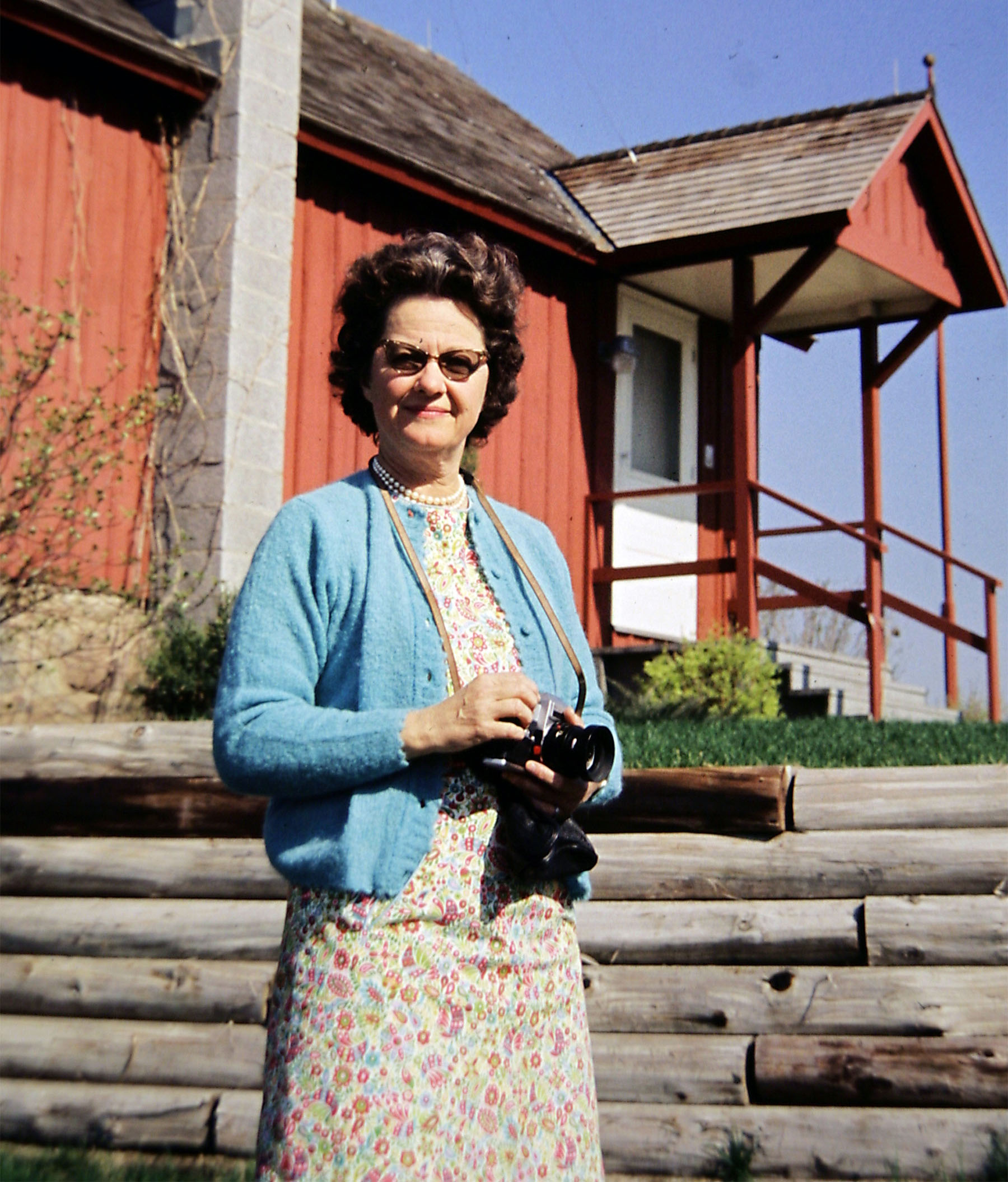
Olivia Irvine Dodge: In Her Words
- Do it together: “You can’t do something like this alone. If you get an idea that does good for others and you really believe in, you draw to you the right people who can grab onto it and carry it forward. That’s what happened here.” (Star Tribune, 2001)
- Next generation: “[Children are] the voters of tomorrow who must learn to appreciate their land today.” (Pioneer Press, 1977)
- Continuity: “One of my greatest pleasures has been the occasion [more than a few] when someone comes up to me to say, ‘You won’t remember me, but I came to the Dodge Nature Center when I was little, and now my child comes.’ The continuity of one generation following another touches me so deeply. How much it says for the teachers, and all those who work so hard to share what they believe in with all their hearts. When I hear about this ‘continuity,’ I ask myself, ‘What could possibly be greater than this?'” (Sun Current, 2009)
- Next chapter: “People always tell me I must be so proud of the nature center, and I am, but I don’t think of it that way anymore. Each part of life is a chapter; it takes place, then you pause and move to the next part.” (Star Tribune, 2001)
- Take your time: “Life goes by in such a flash and you don’t appreciate that when you’re young. My daddy used to say: Why are you in such a hurry to grow up? Take your time and enjoy it.” (Star Tribune, 2001)
Ongoing Impact
Olivia Irvine Dodge died of cancer at the age of 90 in 2009.
- “She had a deep love for our state and gave back in so many ways. She was a warm and gracious person, whom we will deeply miss,” said Governor Tim Pawlenty in the Sun Current.
- “Over the years, she has helped create something that is very unique in the state of Minnesota,” said West St. Paul Mayor John Zanmiller in the Sun Current. Zanmiller recalled the first time he met Dodge at her home: “She met me at the door with a parrot on her shoulder.”
- “She just had her whole heart and soul into caring for Dodge,” said Van Gundy.
Though Dodge didn’t begin the legacy of Dodge Nature Center until her late 40s, she left an incredible mark on the community of West St. Paul, the children who experienced nature firsthand, and the land itself.
This final reflection from Olivia Irvine Dodge comes from a biography video recorded when she was 85:
“I started looking back and I thought how fortunate I am to be born an American. And how doubly fortunate I am to be a Minnesotan. It means a great deal to me. I love this state. … We had many tragedies in life, nobody can escape them, and I’ve had my share, but you face up to those. Everybody has to learn that, nobody can escape it. You must face up to it and either be destroyed or you learn from it and turn it around and do good with it in some way that will help the community or other people.”
Researching West St. Paul history happens thanks to the generous support of our members. Join them and support local news.

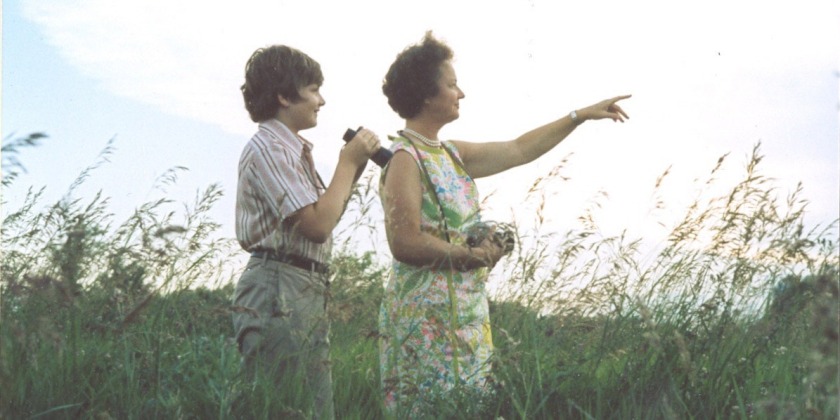
What a great article! Thank you so much for the historical perspective of the land and the enlightened character of Olivia Irvine Dodge. It’s a treat to read about such a positive woman and her legacy!